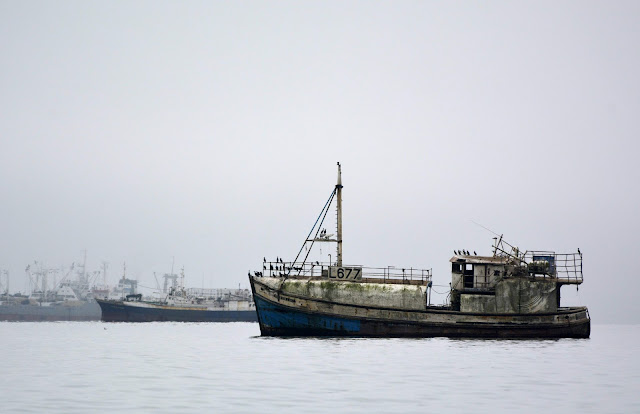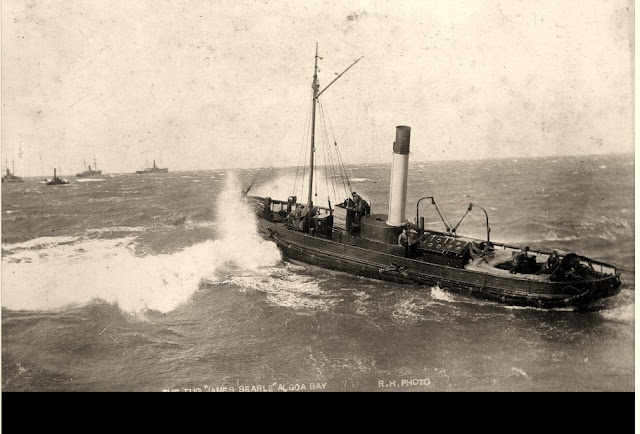Cape Town crowned Best City in the World for 2025 by Time Out
Time Out, the global culture, entertainment, and events magazine, has unveiled its annual ranking of the world's best cities. For the 2025 edition, over 18,500 locals shared their thoughts on their hometowns, rating everything from food and nightlife to safety and overall livability. These local insights were combined with expertise from Time Out’s global network of city editors. After analyzing the data, the magazine revealed its list of the 50 best cities on the planet for 2025.
Topping the list is Cape Town, South Africa, which earned glowing reviews across the board. An impressive 97% of residents said the city makes them happy, 95% praised its vibrant food scene, and 82% celebrated its breathtaking beauty.
"Where else in the world can you hang out with a colony of African penguins, taste some of the world’s finest wines, stroll along Blue Flag beaches, enjoy stunning views from atop one of the New 7 Wonders of Nature, and sample some of the most eclectic nightlife and vibes in the world… all in one day? That’s our Cape Town."
Time Out’s 50 best cities in the world 2025:
Cape Town, South Africa
Bangkok, Thailand
New York, USA
Melbourne, Australia
London, UK
New Orleans, USA
Mexico City, Mexico
Porto, Portugal
Shanghai, China
Copenhagen, Denmark
Chicago, USA
Lisbon, Portugal
Edinburgh, UK
Hong Kong
Sydney, Australia
Amsterdam, Netherlands
Barcelona, Spain
Seville, Spain
Paris, France
Medellín, Columbia
Hanoi, Vietnam
Madrid, Spain
Berlin, Germany
Dubai, UAE
Singapore
Rio de Janeiro, Brazil
Beijing, China
Chiang Mai, Thailand
Jakarta, Indonesia
Vienna, Austria
Tokyo, Japan
Marrakech, Morocco
Perth, Australia
Brighton, UK
Prague, Czech Republic
Glasgow, UK
Brisbane, Australia
Marseille, France
Budapest, Hungary
Los Angeles, USA
Lagos, Nigeria
Seoul, South Korea
Valencia, Spain
Montreal, Canada
Bilbao, Spain
Abu Dhabi, UAE
Belfast, UK
Bristol, UK
Mumbai, India
Warsaw, Poland
Aerial photo/video service/inquiries: info@traveltonamibia.com





















